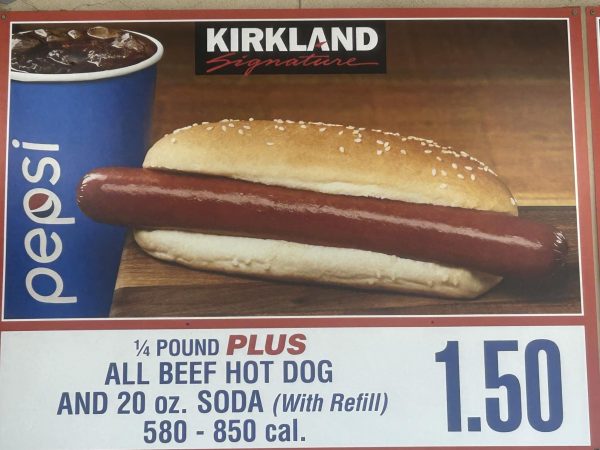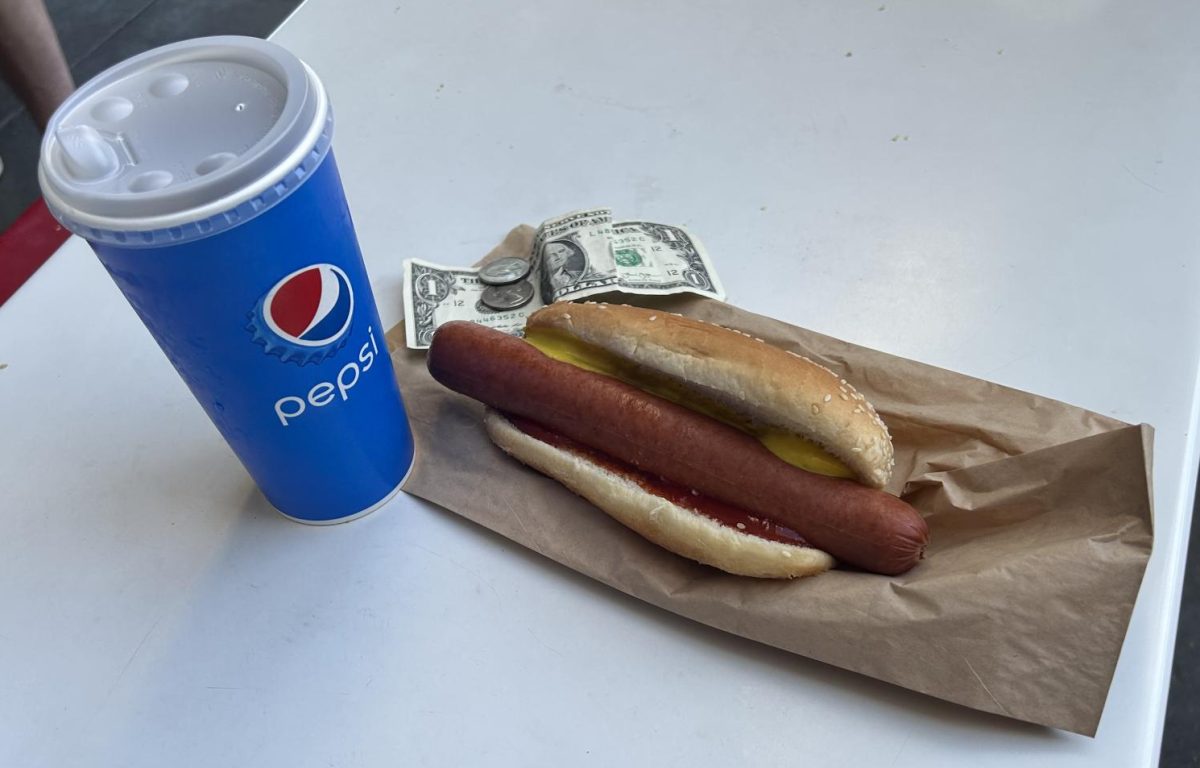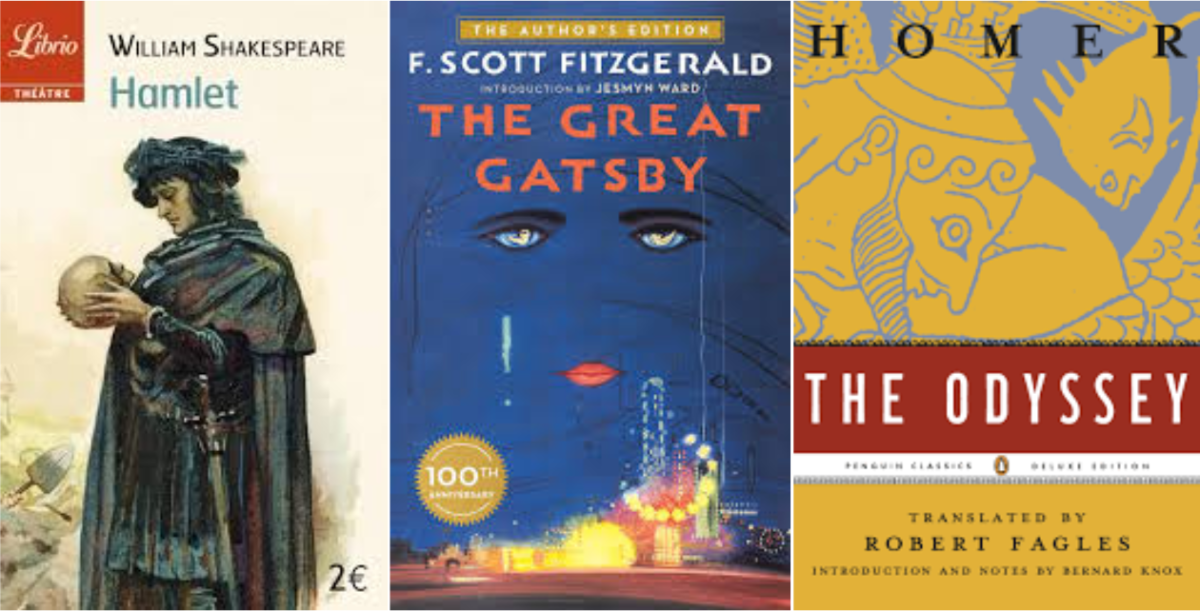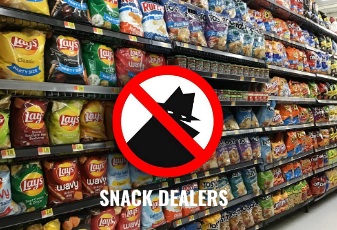Since its inception in 1983, Costco has been selling hot dogs for $1.50. Accounting for inflation, $1.50 in 1983 is now worth $4.72 in today’s money. Despite this, you can still go into any Costco to get a drink and a hot dog for $1.50.

Nowadays, these sales don’t make Costco much money. Rather, they serve to attract customers to buy memberships and explore the warehouse within. However, the business aspects and the reasons for the hot dogs’s continued low prices are not the interesting details here. Rather, it’s the broader implications of the idea.
Until 1932, America was on the gold standard. This meant that anyone could walk into an American bank and trade their American bills for gold. This led to foreign countries trading their stockpiles of American dollars for gold, but the bigger issue was the restriction on the money supply. By limiting the amount of money that could be printed to the amount of gold the US had, America was financially crippling itself; moving America off of the gold standard helped end the great depression.
But how does any of this relate to Costco?
It’s simple, Costco has created the new gold standard. No matter how bad inflation gets, no matter how unprofitable it is, Costco has kept the hot dog at $1.50. If this trend continues, currency will remain stable, for one simple reason: regardless of other factors, regardless of how worthless the dollar becomes, you can always exchange $1.50 for a hot dog and a drink at any Costco.

So in a time when the economy seems so unstable, and people feel like the United States government has done little to resolve it, turn to the true heroes, Costco founder, James Sinegal, who has stood by the hotdog for years, and the everyday food court employees, working to maintain the Hot Dog Standard.










